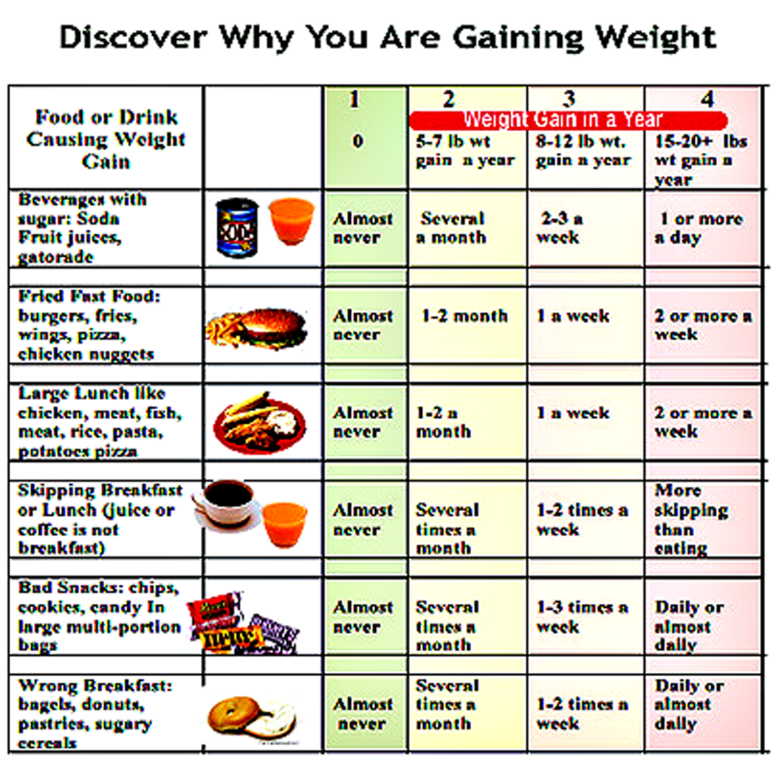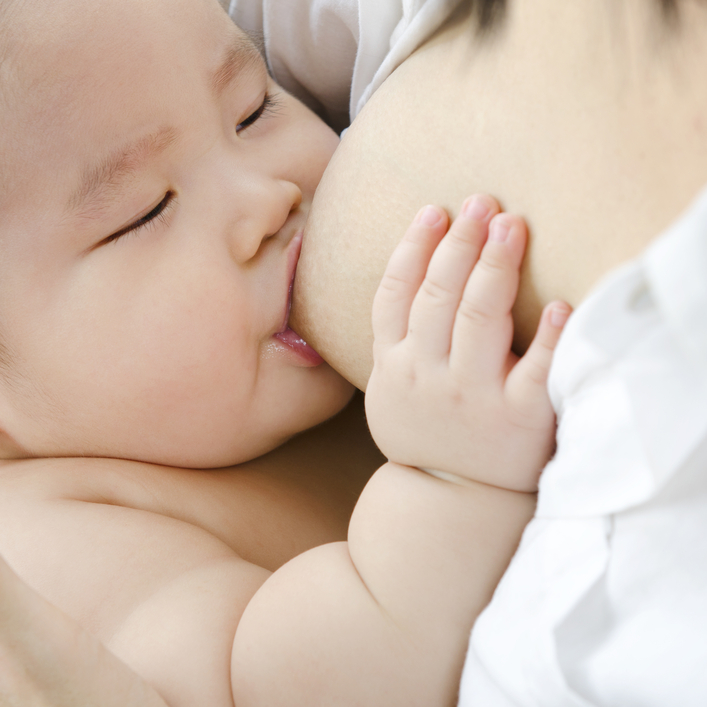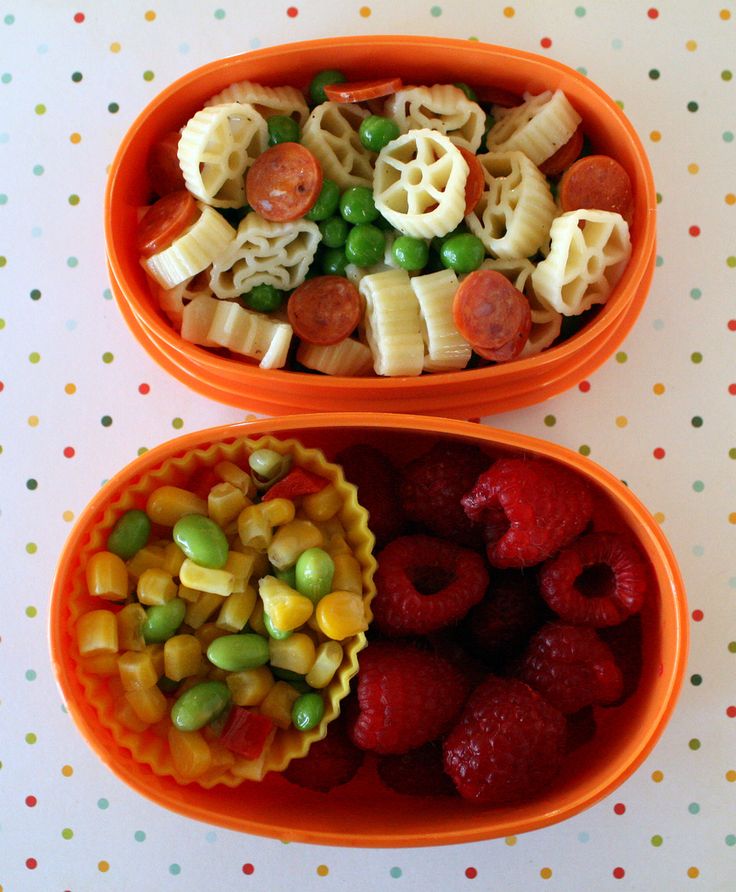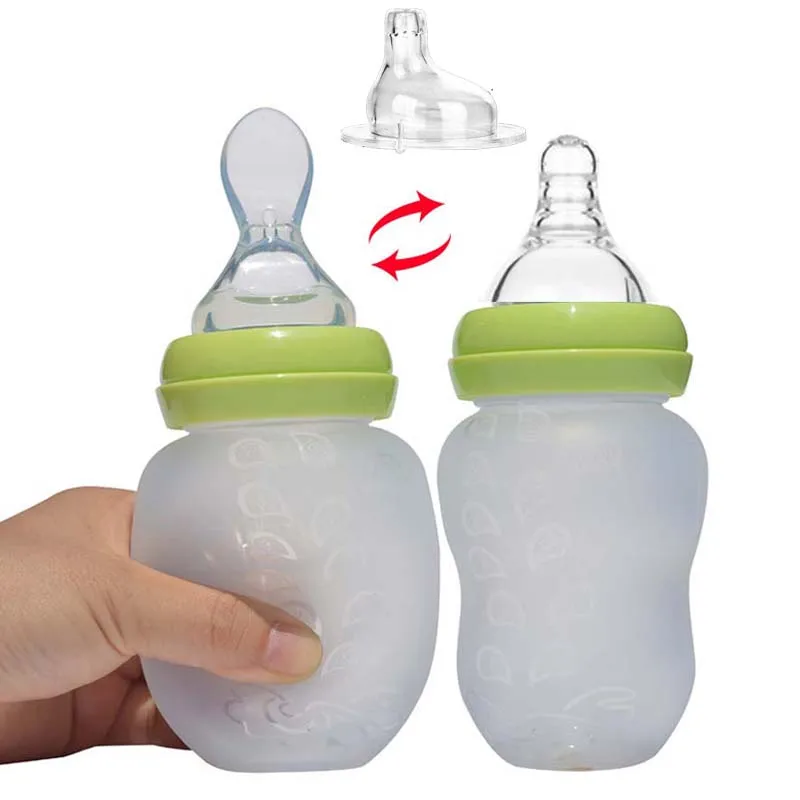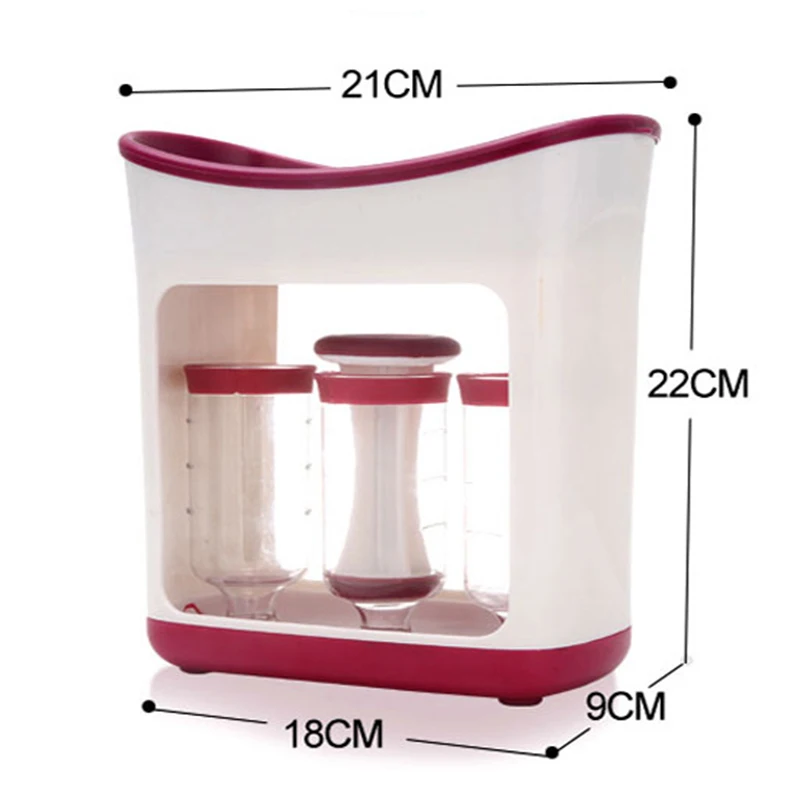Which food help baby to gain weight
Best foods for weight gain in babies & toddlers (0 to 3 years)
This post has been updated with a new list of weight gaining recipes at the end of this post for toddlers – above 1 year old. Many readers have been asking for suggestions on best foods for weight gain in babies & toddlers. I have shared the tips that one can follow. If you are a new reader to this blog and have reached here looking for weight gaining foods or recipes for your little heart, please read this food chart for babies above 8 months.
I suggest following the recipes on the post as well for a good weight gain. I would also suggest to read the comments before posting your query here as similar queries may have been answered in the comment section below.
If you are looking for a food chart for baby around 6 months, you can refer this post on solids for 6 months baby.
Best foods for weight gain in babies & toddlers (0 months to 3 years)
1. Breast milk is one of the best foods for babies under 6 months to gain weight. Since mother’s milk is more nutritious than any other foods, it is good to exclusively breastfeed babies for the first 6 months.
If a baby is breast fed, mum needs to eat more nutritious foods to have enough milk supply and to increase the quality of milk.
To increase the milk supply in lactating mothers’ foods like milk, lentils (DAL), garlic, flax seeds (alasi in hindi or avise ginjalu in telugu), chickpeas (chana), almonds, whole grains, methi leaves, methi seeds, dill leaves (sabbasige soppu in kannada), fennel seeds (saunf), cumin (jeera) have been proved to be beneficial. One needs to include these in their diet moderately.
At least 2 protein rich meals and a breakfast should be included in the diet of a lactating mother. For vegetarians lentils / dal is a best protein rich food.
Chickpeas can be enjoyed by mums having babies older than 3 months. If using they need to be soaked overnight, soft cooked with turmeric and other Indian spices to prevent vata dosha.
Traditionally gond ke laddu, dry fruits ladoos and copra ladoos were eaten by lactating mothers to improve the quantity and quality of breast milk. Here are some protein rich ladoos which you can try after consulting your elders.
Gond ke laddu
Dry fruits ladoo
Copra ladoo (or dried coconut ladoo)
Here is a simple homemade powder for increasing milk supply in lactating mothers. Dry roast equal quantities of cumin and fennel seeds till they turn aromatic. Cool them and grind to powder.
Mix ½ tsp powder in ½ tsp warm ghee and consume 30 minutes before food 2 to 3 times a day. Desi ghee works best. This can be consumed for 2 weeks, followed by a break for 4 to 5 days and then repeat the cycle.
This also helps to reduce colic in breastfed babies. A small portion of ajwain/ carom seeds can also be included.
2. There is also a wide population of women who are unable to breast fed due to medical or professional reasons, yet their babies tend to grow well in terms of height and weight.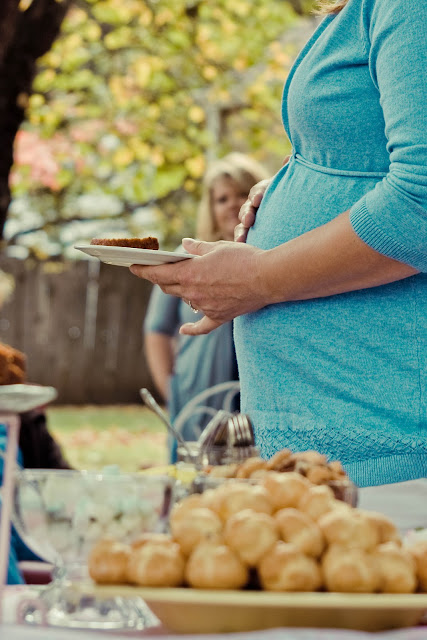 For babies who are not breast fed, Formula milk has been proved to be of great help.
For babies who are not breast fed, Formula milk has been proved to be of great help.
If your baby is over 6 months and you intend to stop breastfeeding, then choose a good formula milk with the help of your pediatrician. Formula milk is mostly balanced and has adequate nutrition which may not be available in dairy milk.
Formula milk helps to gain good weight in most babies, but one needs to be patient in trying out what works best for your baby. Many women express that formula milk is not good and hence should choose dairy milk.
Both have their own pros and cons. In the recent years, cows raised in farms are not grass-fed and are mostly on hormones either in their feed or injected to produce more milk. So it may be more unsafe than the formula milk.
A thorough research is conducted before any formula milk is sold in the market. So as a mother, you are the right person to choose between cow’s milk vs formula milk.
For babies above 12 months, fresh dairy milk can be used.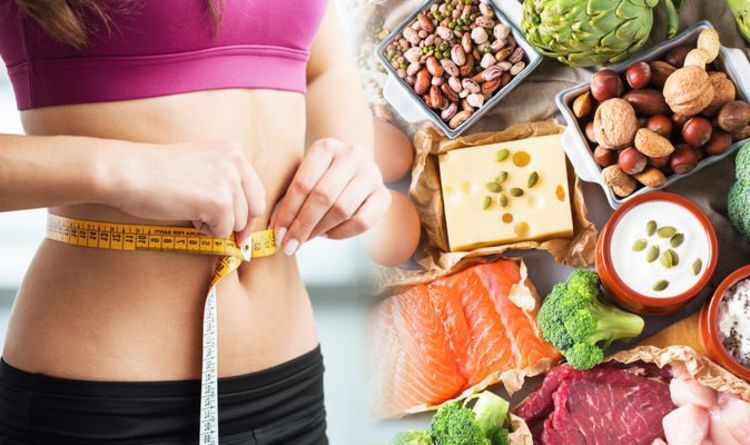 Do not use milk that comes in tetra packs for babies and toddlers.
Do not use milk that comes in tetra packs for babies and toddlers.
3. Foods like potato, pumpkin, sweet potato, dal, ghee, ragi, almonds, yogurt, eggs and milk help the baby to gain weight. Please take a pediatricians’ suggestion before you start any of these foods. As always follow a 3 day test rule.
How to make mashed potato for baby ?
Always choose hard potatoes that do not have any sprouts grown over them. Sprouted or soft potatoes are not healthy to use.
Wash and peel off the skin of the potato. Cook potato in excess water either in pressure cooker or a rice cooker steam basket or in a pot. It should be soft cooked.
While it is still hot, take it to a feeding bowl and mash it to soft. Add the potato stock that was left after cooking to make smooth puree. using a small steel glass you can easily mash it.
Add a pinch of ajwain and ghee and serve it warm. The same way you can also make mashed sweet potato for baby.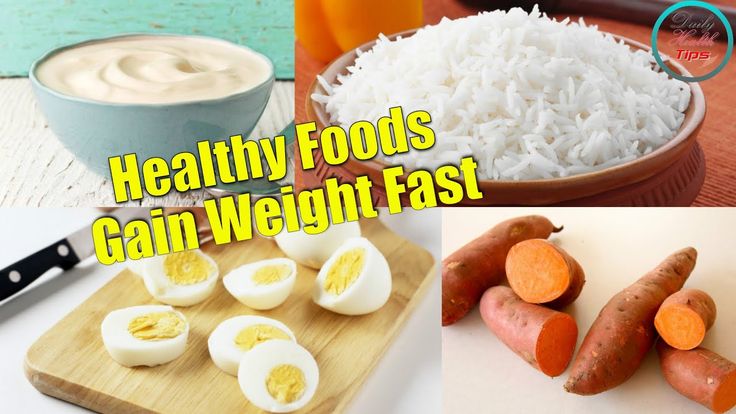 Best time to serve these is for breakfast or lunch.
Best time to serve these is for breakfast or lunch.
It can also be cooked along with rice to make a rice potato khichdi. You can find the recipe of sweet potato here (new post)
How much potato or sweet potato for baby?
7 months baby – 1 tbsp 2 to 3 times a week
8 to 10 months – 2 tbsp. 2 to 3 times a week
10 to 12 months – 3 to 4 tbsp. 2 to 3 times a week
toddlers- use your judgement . Can be served 5 times a week to daily.
Serve potato or sweet potato at least 2 to 3 times a week with little ajwain powder and ghee. Avoid when baby has tummy upset, colic or spit ups.
Moong dal and urad dal help a lot to gain weight in babies & toddlers. Urad dal is a power house of nutrients, high in calcium and protein and also EFA , essential fatty acids that help to develop the brain. So Idli is a very healthy food for babies.
Using urad dal make idli and serve with mild rasam or dal ka pani and ghee. This can be fed daily. You can find the recipe of soft idli here and a rasam recipe for babies here.
This can be fed daily. You can find the recipe of soft idli here and a rasam recipe for babies here.
Include dal preferably moong dal or tuvar dal in lunch or breakfast every day. Do not mix dal with yogurt or milk. Just a simple vegetable dal rice khichdi works great for babies in gaining weight.
If your baby tends to get bored, change the vegetables used in the khichdi to give a different taste. You can find the recipe of dal khichdi here
Ragi porridge also helps to gain weight, it also strengthens the bones, teeth and helps for the overall development. Here is a complete post on how to introduce ragi to babies and how to make sprouted ragi flour for babies.
Yogurt and homemade paneer are also a good choice for babies over 8 months to gain weight. Serve yogurt alone or with brown rice and white rice in equal quantities.
I always used to make one cup curd separately for both my babies since it is not recommended to serve cold yogurt from the refrigerator.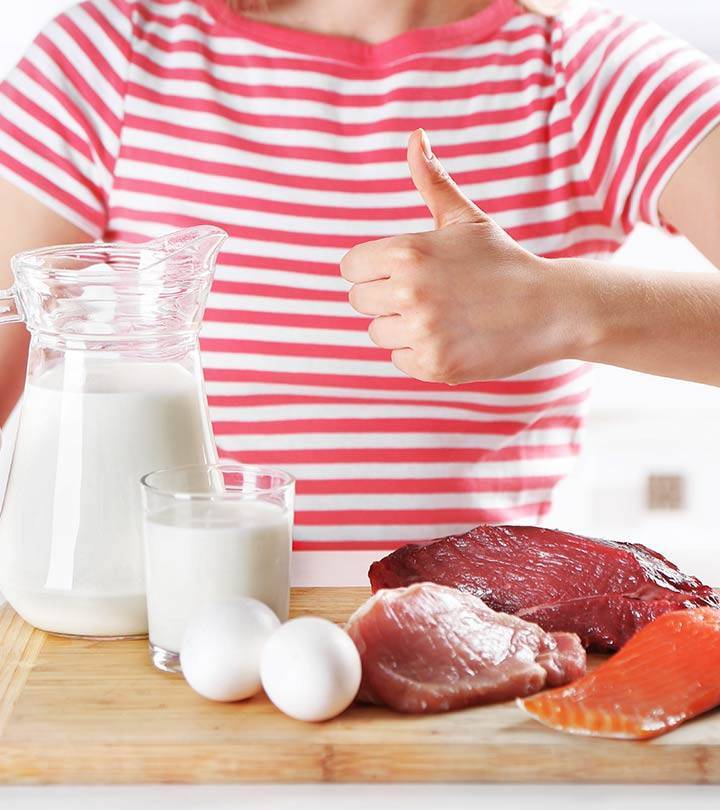 Also avoid serving in the evening or night.
Also avoid serving in the evening or night.
how much yogurt/ curd to serve for babies ?
2 tbsp homemade unsweetened yogurt/ curd can be fed to 8 to 10 months baby, 2 to 3 times a week (avoid during winters)
4 tbsp can be fed to a 10 to 12 months baby. 3 to 4 times a week (avoid during winters)
Eggs also help babies to gain weight. Prefer boiled eggs instead of scrambled eggs. There is a loss of nutrition in scrambled eggs especially the protein content.
you can find the recipe of homemade curd here.
How to feed egg to baby ?
Make a hard boiled egg. Remove the yolk and take small portion of it and mash it with a pinch of cumin powder, add very little water and mash the egg to blend it well with water. It should become a smooth paste.
how much egg for 7 months old baby ?
For a 7 months baby – Start feeding a tsp of the above said mashed egg yolk. It can be served 2 times a week.
For 8 months baby – a tbsp and then increase the quantity.
For 10 months baby – by the end of 12 months a baby can eat the entire mashed yolk.
Include banana, papaya, apple, pear and chikoo (sapota). Serve banana at least 4 to 5 times a week. We give the small variety banana to babies. Avoid it when baby has cold and phlegm.
Serve a warm apple sauce or apple oats when the baby has cold and congestion. Banana helps to gain weight and most fruits helps to digest foods better since they contain natural digestive enzymes.
The nutrients from other foods are better absorbed by the body when a good amount of fruits are consumed (the right way).
Follow the rule, of feeding fruit alone without mixing with other foods at least once a day. Strictly do not serve fruits and milk together.
4. Ghee also helps to gain weight – How much ghee to serve for babies and toddlers ?
Start with only few drops a day when you introduce ghee to your baby. Try using organic and grassfed or desi ghee. Desi ghee can be found in ayurvedic stores or can also be bought online.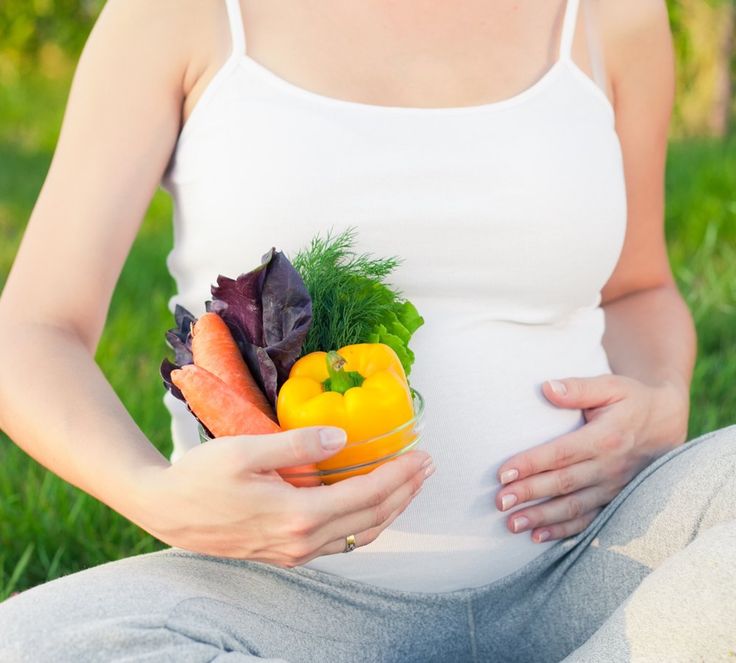
If you notice symptoms like coughing, itchy eyes or rubbing eyes or rashes stop it. Try with a new brand or try with homemade ghee. If your baby or toddler do not like the flavour of ghee, I suggest making ghee at home.
Just add few curry leaves towards the end when you make ghee at home, it adds a good aroma.
Excess usage of ghee may suppress the baby’s appetite, so use only as needed, a mother is the best judge. I followed the following measures for my babies and no cheese or butter was given to them.
If using butter then reduce the proportionate amount of ghee from the below mentioned quantity.
7 months ½ tsp ghee divided among 2 servings – start with only a few drops of melted ghee
8 months ¾ to 1 tsp ghee divided among 2 servings
10 months 1 to 1 ¼ tsp ghee divided among 3 servings
12 months on wards 1 to 1 ½ tsp ghee divided among 3 servings
Some babies may not digest fats in ghee well especially if formula milk, cheese, or butter are already a part of the diet. You can try with only half of the above quantity.
You can try with only half of the above quantity.
5. Can i use almonds / badam for my baby?
Experts advice not to introduce nuts to babies until 1 year as they may end up with severe allergies. So i would suggest waiting until your baby turns an year old especially if there is an history of allergy in your family.
However i have used almonds from 8 months for both my babies. Those who would like to try may start with almonds since these are the only kind of nuts that are slightly alkaline (apart from chestnuts).
Alkaline foods help us to keep our body healthy and energetic. Always try using soaked almonds. Soaking also increases the alkaline nature and hence digest well.
Soaking for about 5 to 6 hours also helps to peel the skin. They can be ground with little water and then used to cook baby foods like oats, ragi, rice etc.
6. Physical activity
Allow the baby to crawl freely, do not restrict your babies to prams or rocking chairs.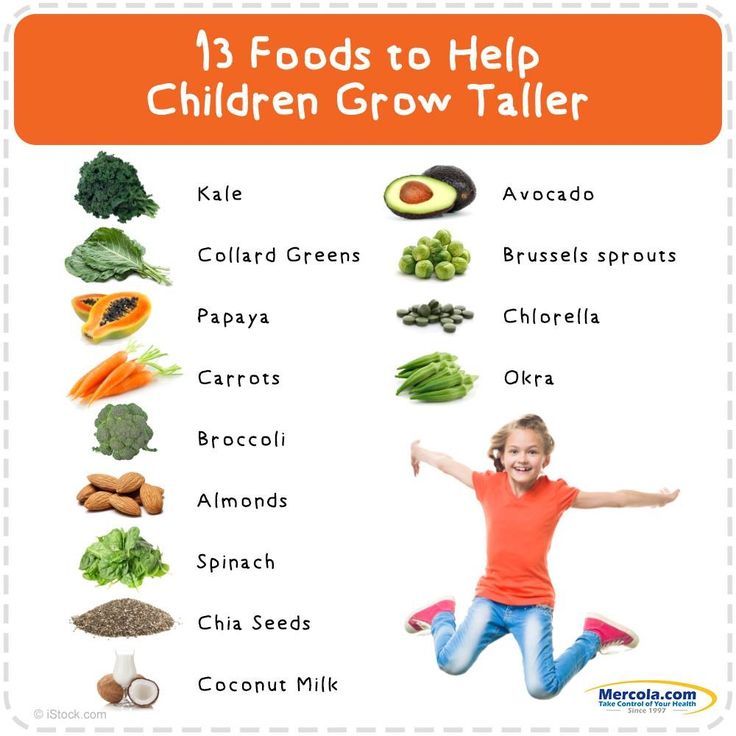 Being physically active helps babies feel hungry in time. They are less fussy and eat or drink well.
Being physically active helps babies feel hungry in time. They are less fussy and eat or drink well.
Burping is very important as it helps to relieve the babies from colic and they tend to drink better. Gently Burp before feeding, in between the feeds, Burp after the feed. Keep the baby in upright position for at least 15 minutes after a feed.
Foods for weight gain in toddlers (above 1 year)
Breakfast menu
Pesarattu with ghee
Idli with ghee (1:2 proportion) – use search box for idli recipe
Soft thick dosa with boiled mashed potato
Chick pea / chana soup
chana dosa (with steamed mashed carrots)
moong dal soup
carrot milkshake
oats uttapam (use carrot for topping, follow method 2)
jowar dosa: you can make uttapam with carrot topping. Jowar makes bones strong and helps to gain good weight.
ragi mudde with rasam or any soup.
paneer paratha – no stuffing, good finger food too for snack in the evening
Boiled egg – boiled eggs have more nutrition than scrambled eggs.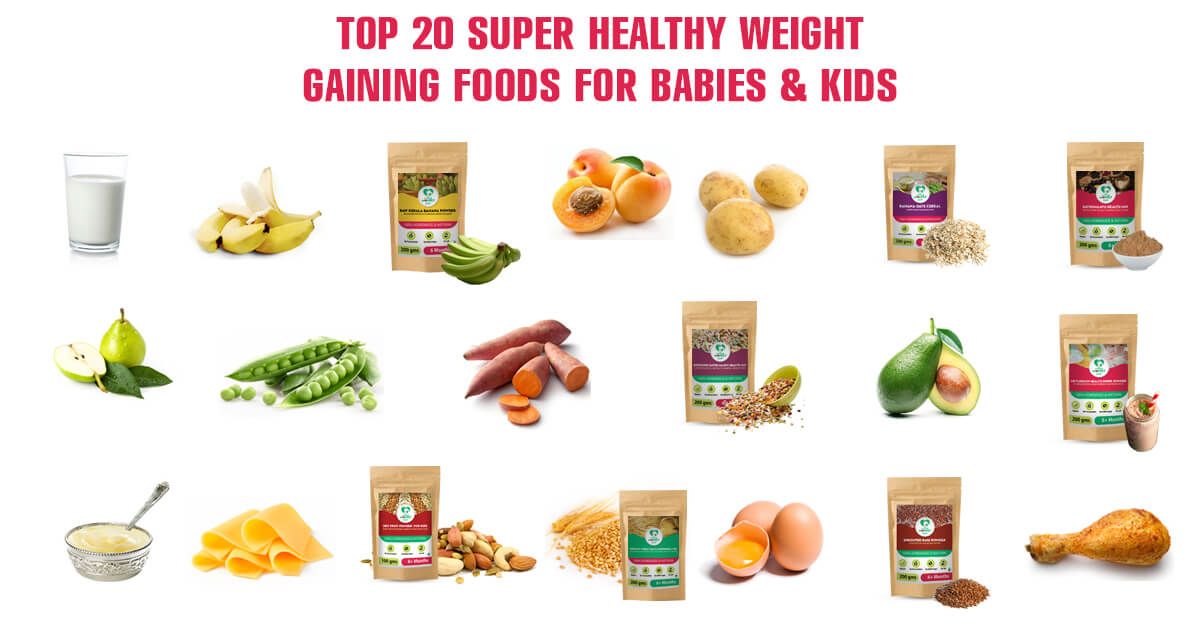 So try serving boiled egg with mild flavorings like pepper, cumin powder, ajwain and salt.
So try serving boiled egg with mild flavorings like pepper, cumin powder, ajwain and salt.
Suggestions from experienced mothers are welcome and highly appreciated to enhance this page.
Disclaimer: Please check with a pediatrician before you follow any of the tips or foods mentioned in this post.
My Heartfelt Thanks to all the Readers who have been consistently sharing with us their personal experiences with their babies, this has helped many new mothers to understand the baby food patterns and other food related issues.
Wishing a Wonderful Motherhood to all the MUMS
The Best Foods for Your Baby to Gain Weight
It’s hard to imagine that your little one could be any cuter — but you might be wondering whether they’re growing as fast as they should.
If you’re worried that your baby might weigh too little, bear in mind that newborns normally lose 3–7% (and up to 10%) of their birth weight in their first few days of life, which they regain by about the end of their second week (1, 2, 3).
Until they reach the 6-month mark, infants should gain about 1 pound (0.45 kg) or more each month. They should weigh about triple their birth weight around the end of their first year (1, 2, 3).
Keep in mind that these numbers are averages, and a healthy baby may have different weight gain numbers depending on their birth weight, rate of linear growth, and other factors.
You can ask your baby’s pediatrician about weight gain at any time, such as at their well-baby exam.
If you and your healthcare practitioner have ruled out medical reasons for your baby’s slow weight gain, such as heart or digestive issues, consider feeding them calorie-dense whole foods. These may encourage healthy weight gain (4).
Here are the 7 of the best foods to help your baby gain weight. We’ve grouped them below by age group.
A baby under 6 months that’s putting on less weight than average can be troubling. Since all or most of their calories at this point come from breastmilk, formula, or both, what you can control right now is how often they feed and whether they’re getting enough (4).
1. Breastmilk or infant formula — often and enough
Breastfed newborns will feed every 2–3 hours, so account for 8–12 or more feedings per day for the first 4 months.
Be sure to let your infant fully empty your breast. One reason this is recommended is because hindmilk, which comes out last during a feeding, may be richer than foremilk, which comes out first.
Let your baby feed fully, until your breast feels very soft. This will ensure they’re getting all the milk available, and it sends your body a message to make more.
You can try consuming foods that are thought to increase breastmilk production. These include lactation teas or bars with fenugreek, blessed thistle, or fennel. Oatmeal and dark beer may also help. Still, more research on these solutions is needed (5).
Additionally, avoid wearing tight-fitting bras or tops.
Until your baby begins solid foods, they will not need to drink water. Offer them breastmilk or formula instead to maximize the number of calories you’re getting into their tiny tummies.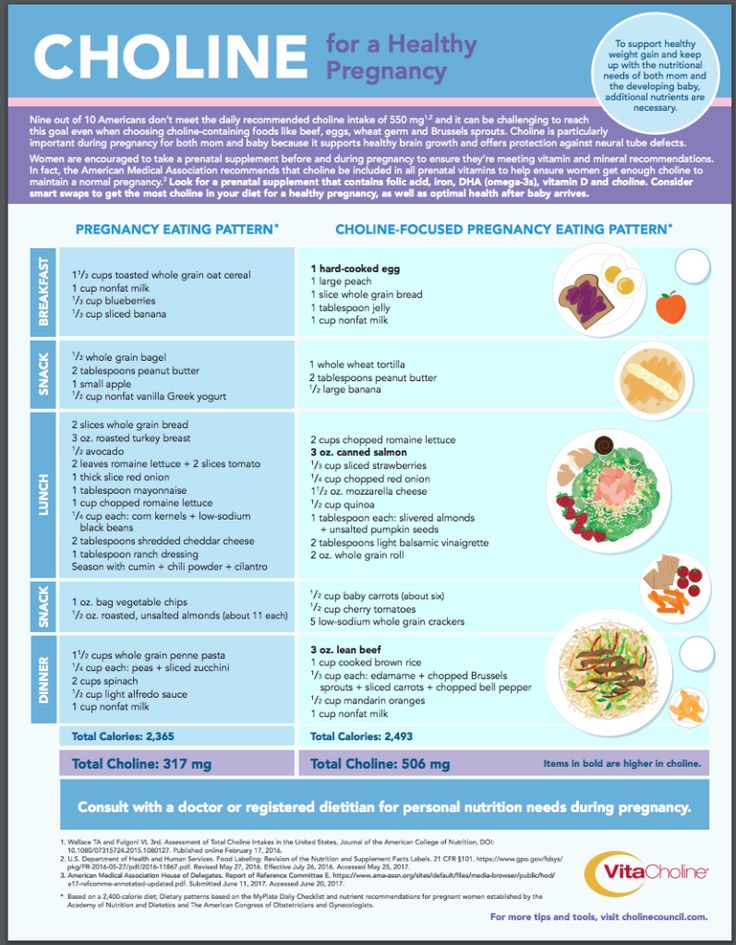
Your doctor may also ask about any latching issues and investigate any underlying medical issues that may affect your baby’s nutrient absorption or metabolism at this age.
Speak with a pediatrician for guidance if you’re considering whether to supplement breastfeeding with formula or wondering which formula to choose.
These choices are complicated and depend on many personal factors, and a doctor can help you make informed decisions. You may also consider talking with a lactation consultant.
Most babies will start to show readiness to eat solid foods around the 6-month mark.
Speak with your healthcare professional about when to start your baby on complementary solid foods.
2. Avocado
Whether you’re taking a baby-led weaning approach, a more traditional puréed foods style, or a combination of the two — avocado is a great transitional food for babies starting on solids.
What’s more, avocado’s healthy fats and relatively mild taste make this a great food for when you’re trying to get your baby to gain weight (6, 7).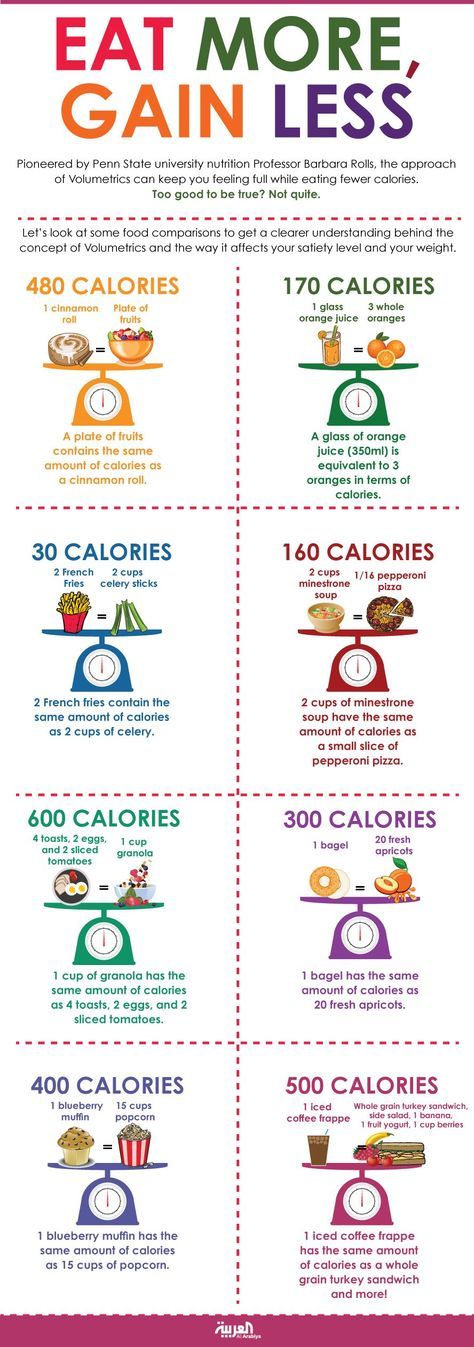
Mash it up or serve it in thick spears. You can also add it to other foods, such as rice cereal or another fruit.
It’s a good idea to introduce new foods one at a time. This way, if your child has any sort of allergic reaction, you have a better sense of what might have caused it.
3. Oatmeal
Oatmeal cereal is another wonderfully rich food that’s easy to add to your baby’s diet.
To make it, blend plain oats cooked in water, adding water as needed to achieve a soupy texture. To make it heartier, cook and thin out the oatmeal with formula or breastmilk instead. Gradually thicken it as your baby gets more comfortable.
Oatmeal packs lots of fiber, including beta glucan, which is one form of soluble dietary fiber. It promotes the growth of your baby’s beneficial gut bacteria and may encourage bacterial diversity in the gut (8).
What’s more, oatmeal is fairly neutral in taste, which makes it easy to combine with other hearty, healthy foods. For instance, you can spoon in puréed fruit and cinnamon for more flavor.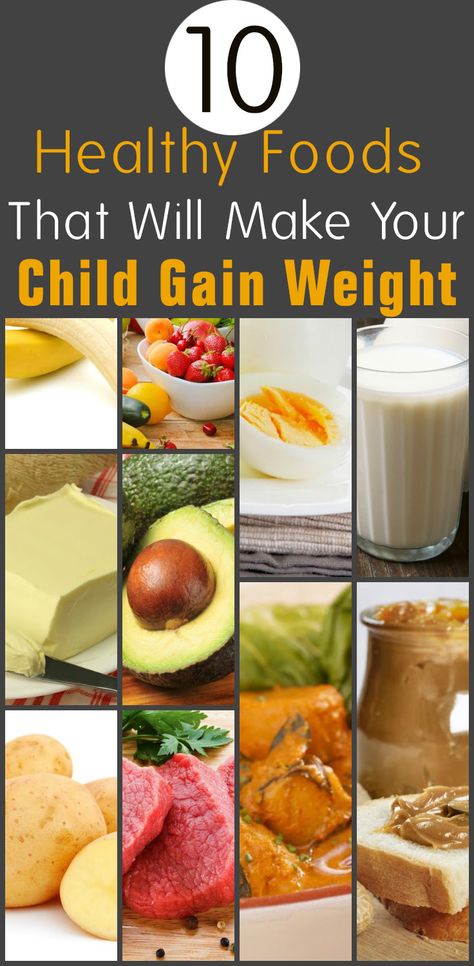
Avoid honey
Be sure to never feed a baby under 1-year-old honey, as doing so can put them at risk of botulism and pose a choking hazard (9).
4. Peanut butter
Peanut butter packs protein and fats — both of which can encourage weight gain in your baby.
Keep in mind that peanuts are one of the 8 allergens that can cause the most serious allergic reactions in the United States (10).
The latest evidence supports feeding infants as young as 6 months foods that commonly cause allergies. This includes peanuts. Research suggests this approach may actually help prevent allergies from developing (11, 12).
You’ll want to introduce allergenic foods methodically, always one at a time and introducing new, higher-risk foods at least a week apart.
It’s important to feed these to your baby on a regular basis — always watching for signs of allergies, including hives, redness around the mouth, or wheezing. If this occurs, seek medical help immediately (11, 12).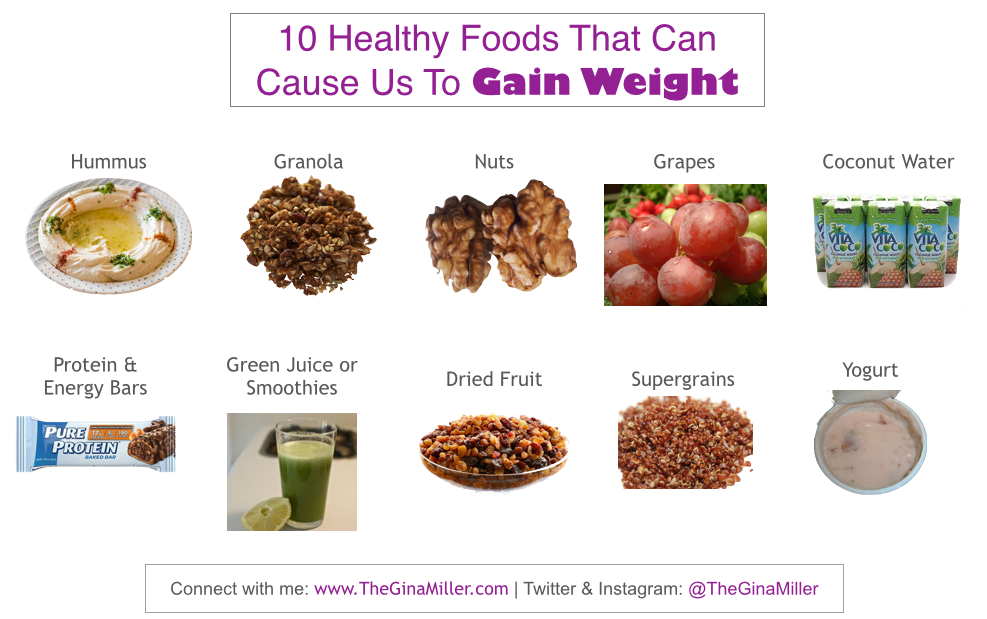
Never feed your baby peanut butter straight from the jar, as doing so may pose a choking hazard.
The best way to feed them natural peanut butter, or any other type of nut butter, is to blend them with either warm water, applesauce, breast milk or formula, or — if you’ve already introduced dairy — yogurt.
You can add it to oatmeal for added richness.
If your child is at a higher risk of allergies or has had eczema, speak with a healthcare professional before feeding them any nut butters or higher-risk foods.
They may advise waiting until they’re older and then want to supervise this in their office or suggest an allergy test first (13).
8 most common food allergies
- cow’s milk
- eggs
- fish
- crustacean shellfish, like shrimp
- wheat
- soy
- peanuts
- tree nuts
Learn more about food allergies here.
5. Eggs
Eggs are another powerhouse food that’s great for infants and adults alike.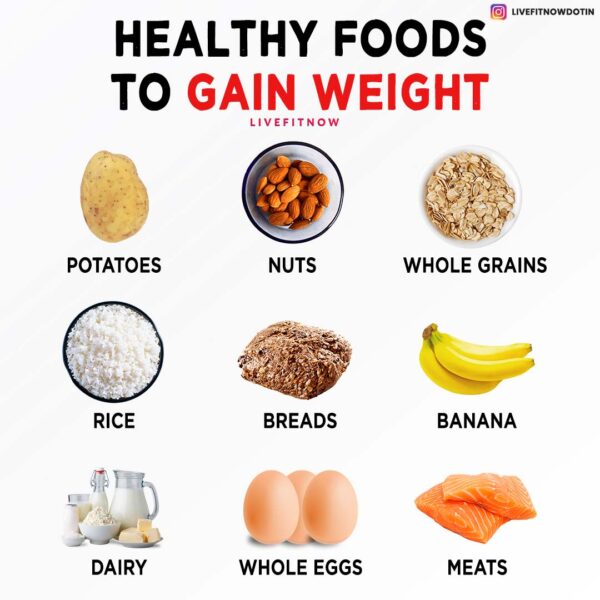 They provide a filling combination of fats and protein. They’re often gentle on the stomach, versatile, and easy to prepare (14,15).
They provide a filling combination of fats and protein. They’re often gentle on the stomach, versatile, and easy to prepare (14,15).
Be mindful because this is another common allergenic food that you’ll want to introduce slowly and methodically. Keep an eye open for an allergic reaction. Seek immediate emergency care if your baby is wheezing or having trouble breathing (11, 12).
Once eggs are a mainstay in your baby’s diet, you could try scrambling them and sprinkling in some cheese and veggies for added nutrients.
You can also use eggs in other dishes. For example, try adding them to rice with cheese and veggies for some quick rice patties, then cut these into strips to serve.
You certainly don’t have to hold off until the 9-month mark to introduce fish, but it might be easier for babies to handle the texture at this age than earlier in life.
6. Fish
Fish delivers protein and healthy fats that are vital to your little one’s growth. Do be mindful to seek out low mercury fish, like salmon, herring, and trout (16).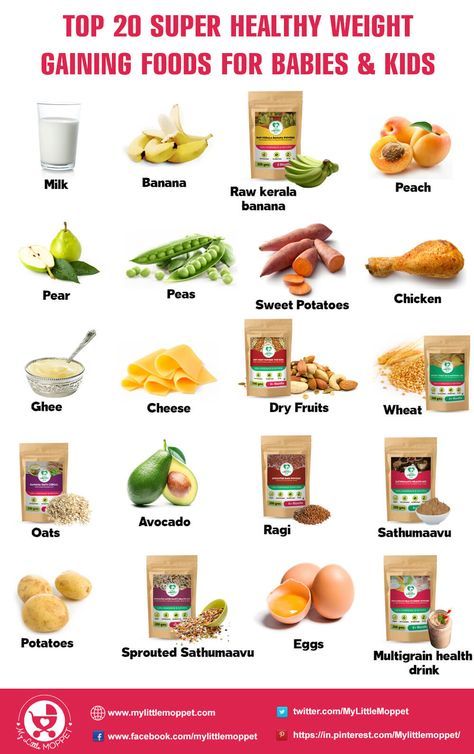
Furthermore, these and other fish contain brain-nourishing docosahexaenoic acid (DHA), a type of omega-3 fatty acid that’s essential for proper brain development in early childhood (17).
Pair fish with a rich lemon full fat yogurt dip or marinara sauce for added nutrients.
It seems counterintuitive, but when babies hit their 12-month milestone, you may find they’re eating less.
This is because their growth rate slows. In fact, most toddlers will only put on about 5 pounds between their first and second birthday (18).
Of course, they’re still growing and needing lots of nourishment — they are simply not growing quite as rapidly as they were in those first 12 months of life.
So, don’t be worried if your champion eater suddenly slows down or plateaus at this phase. If they still have the energy to play and seem alert, they’re probably doing just fine.
7. Olive or avocado oils
Your toddler should get a fair amount of healthy fats. In fact, 30–40% of your toddler’s calories should come from fats (19).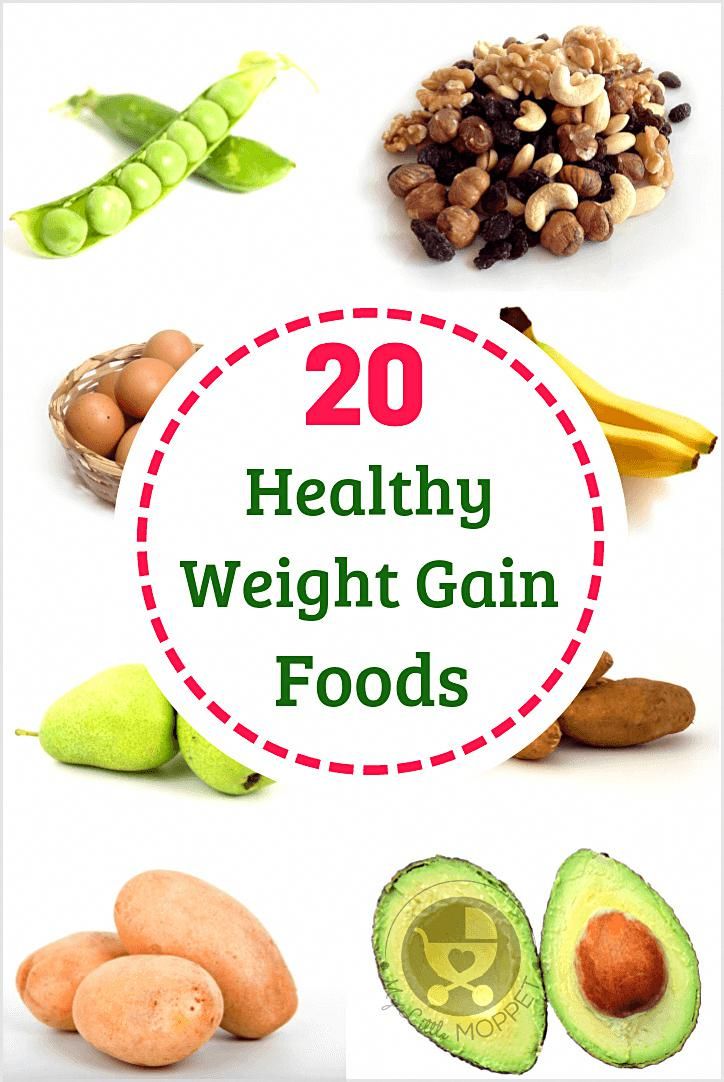
They need roughly 1,000-1400 calories each day at this age, so that translates to about 30–50 grams of fat per day (19).
If your toddler needs a bit more support, consider adding a splash of olive oil or avocado oil to their food, about 1/4–1/2 tablespoon (4–7 mL) to start. You can add it into a bowl of soup or hummus or sop some whole grain bread into it.
Take care not to feed your baby too much oil, as doing so could cause gastric upset or diarrhea.
If your baby has energy to play and is tracking along with developmental milestones, they’re probably growing just fine.
Unless a healthcare professional has identified an issue with your baby’s weight, you probably don’t need to worry.
Keep in mind that babies born prematurely and those with special health needs may not track along with general growth charts.
That said, parental instinct is real. Always voice any concerns with your child’s healthcare professional. Take note of what exactly you observe that troubles you, in as much detail as possible.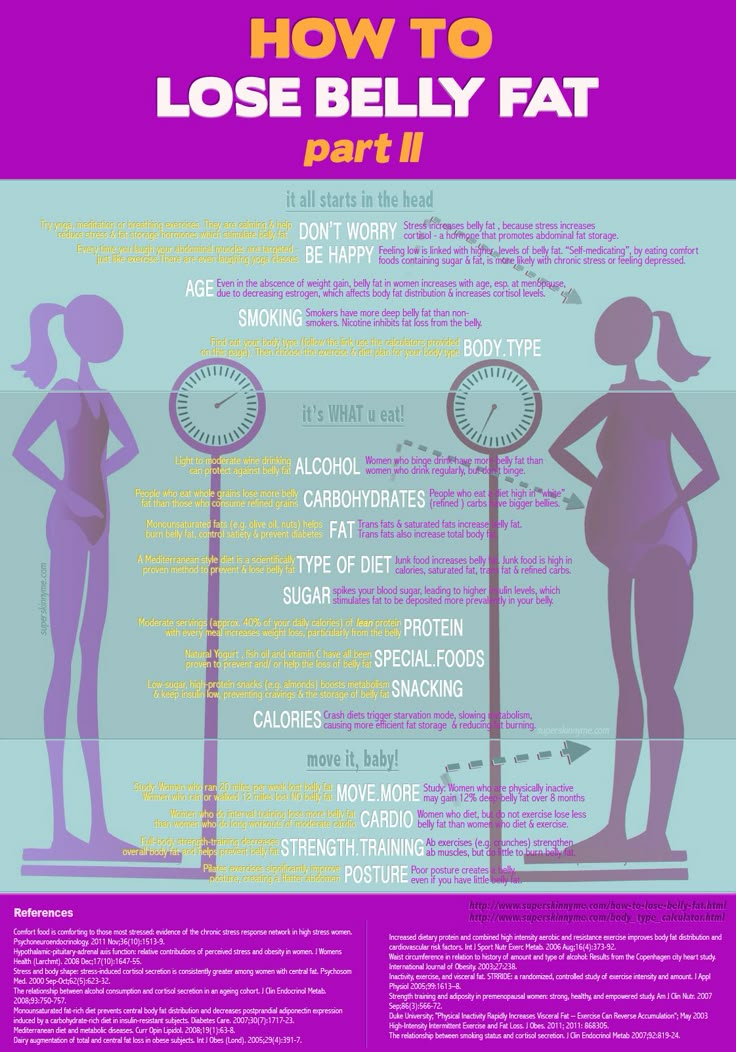
For example, you could record the times, dates, and amounts and types of food your child has eaten.
If your baby seems lethargic, is refusing to feed, or isn’t meeting developmental milestones, you should make an appointment to speak with a healthcare professional, such as a pediatrician.
In addition to a medical evaluation, they may refer you to another specialist, lactation consultant, occupational therapist, or dietitian.
Your little one’s early nutrition can have lifelong impacts. Making sure they’re getting enough to eat — and growing enough — is a concern for many parents.
If your child is not tracking along or suddenly not feeding as well as they used to, speak with a healthcare professional to rule out any underlying causes. Do keep in mind that babies’ food intake normally slows at around the 12-month mark.
There are many wonderful, nourishing foods to help support your baby’s growth — including eggs, avocados, and peanut butter.
If they’re younger, or under 6 months, try to provide enough opportunities for them to breastfeed or drink enough formula according to their hunger cues.
All that said, if your little one seems alert, is meeting the developmental milestones for their age, and has enough energy to play, they’re probably getting enough to eat.
Just one thing
Try this today: The article 21 Homemade Baby Food Recipes is a great resource with tips on how to make a variety of tasty, nutritious meals for your baby once they start eating solid foods.
Menu for a growing organism. What to eat to gain weight? | Proper nutrition | Health
Evgeny Tarasov
Estimated reading time: 4 minutes
29589
Photo: Shutterstock.com
How to cope with the complex developed during school years? You can relax and enjoy your own lightness, or you can make an effort, improve nutrition, go to the gym and become a Europeanized analogue of Bruce Lee.
How?
Reported by Evgeny Tarasov, doctor of the highest category .
To begin with, just in case, let's scare you a little, readers: thinness can be caused by various diseases of the gastrointestinal tract or thyroid gland, hormonal disorders, or the presence of parasites (worm infestation). Sometimes it is also generated by disorders of the nervous system.
But (horror stories are over, let's breathe out) a person can be thin due to improper diet and lifestyle. In addition, underweight can be inherited. In the case when thinness is not the result of any pathologies, the situation is easy to correct.
Changing the diet
Here's what I can recommend to anyone in need of a real "weight gain": first of all, you need to increase the number of meals up to 4-6 times a day. Remember to eat slowly, chewing your food thoroughly.
Focus your diet on muscle-building foods, not fat-burning foods. And these are grains and legumes, vegetables and fruits, potatoes, dairy products (except butter), lean meat rich in proteins (better - fish and poultry).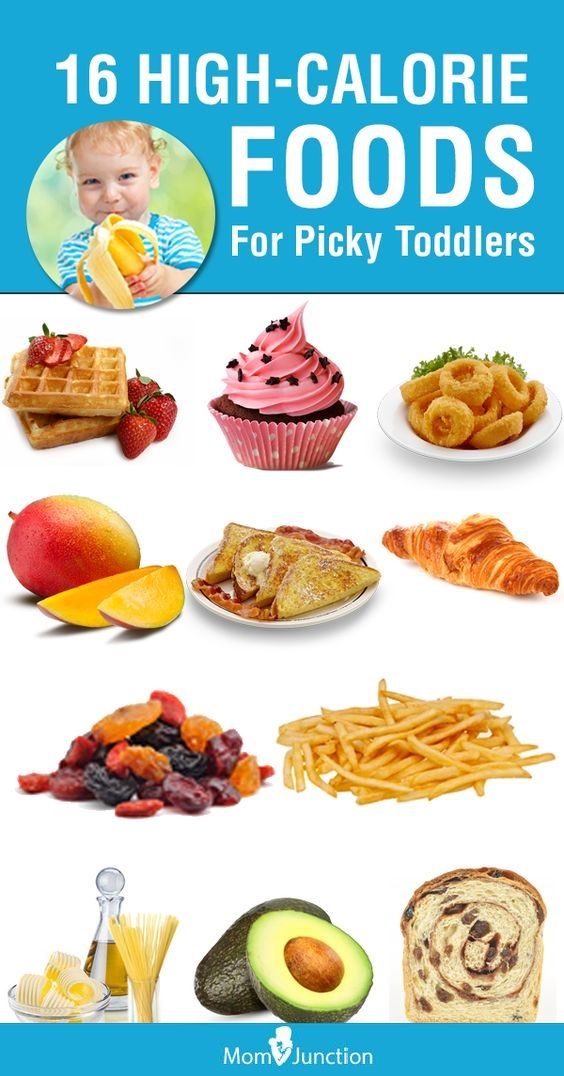 Include more nuts in your diet - they contain the most easily digestible vegetable fats. It is best to add 2-3 tablespoons of olive or sunflower oil to your favorite salads.
Include more nuts in your diet - they contain the most easily digestible vegetable fats. It is best to add 2-3 tablespoons of olive or sunflower oil to your favorite salads.
To stimulate appetite it is necessary to add aromatic herbs to food: cilantro, parsley, dill, basil, celery.
At the same time, you should eat as little as possible foods containing so-called "simple carbohydrates" and fats (cakes, pastries, pizza, lasagna, buns), - all that increases the formation of fat in the tissues.
We strengthen the body
No amount of nutrition will make a spectacular handsome man (beauty) out of a thin young man or girl, if you do not change your lifestyle and do not give care and attention to your body.
Teach yourself after a light early breakfast to do a small (for 7-10 minutes) exercise with the obligatory inclusion of breathing exercises. Ideally, in addition to morning exercises in the morning, a contrast shower and a not too intense (not up to a seventh sweat) run are highly recommended. But only if there is time and if, due to the rush, you do not fall into such stress, from which you will lose weight by half.
But only if there is time and if, due to the rush, you do not fall into such stress, from which you will lose weight by half.
During the day it is advisable to do (for 20-30 minutes) exercises to develop the muscles of the abdomen, chest, arms and legs (so that they do not “swim with fat”). And to increase body weight, weight lifting exercises are very useful, stimulating muscle growth.
Menu for a growing organism
Early breakfast
2 glasses of milk or kefir
with 2–3 teaspoons of honey.
Breakfast
Oatmeal, millet or buckwheat porridge with 1 tbsp. a spoonful of honey and grated walnuts.
Bread and butter.
Cocoa with cream.
Lunch
A cup of thick soup or rich stock (not stock cubes!), or dumpling soup. And for the second - macaroni with cheese and a piece of boiled meat.
Pudding or ice cream.
Coffee with cream.
Dinner
Rice porridge with milk.
Bread and butter.
Tea with milk.
Before going to bed
Curd with jam or raisins.
Next article
You may also be interested in
- Malakhov + AiF: cures for summer illnesses
- It's time to change the regime! Stereotypes that prevent you from losing weight
- Emergency diet. How to lose weight a few days before the holidays?
- Diet for the summer: berries and yogurts will help to lose 3-5 kg
- Dinner - leave it to yourself.
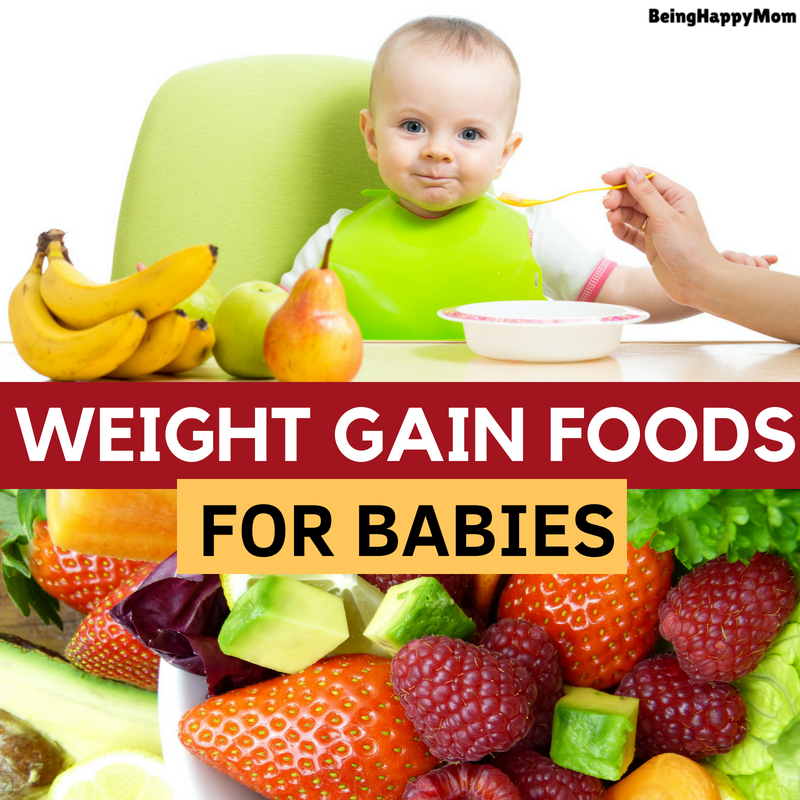 What to eat in the evening to stay healthy and fit
What to eat in the evening to stay healthy and fit
Media news2
what high-calorie and healthy foods to eat to gain weight?
Valeria Leshchenko
Often children have no appetite, it's not worth forcing, but review the diet. Read more about products for weight gain.
Let's start with the fact that sometimes parents cannot correctly estimate the weight of the child. For parents, the child is always hungry, undernourished, and has poor weight gain. In this case, only a doctor can make a diagnosis, so you first need to make an appointment, and then just do something.
If a child's weight does not correspond to age (and other parameters), only in this case it is worth reviewing the diet of the whole family.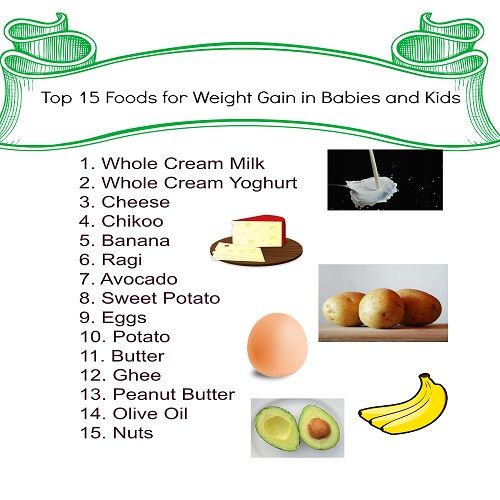 Why all? Because parents are an example and support for the child.
Why all? Because parents are an example and support for the child.
Products for weight gain for a child
Banana
100 g of bananas contain approximately 90 kcal (1 banana - approximately 180-200 kcal), as well as potassium, necessary for the normal functioning of the cardiovascular system and magnesium for mood (nervous system ). Bananas are fast energizing, so you can easily take them with you as a snack, for example, to the playground, if you go on a picnic, to the hospital, etc. But bananas are best consumed in the morning.
Ghee (clarified)
Ghee is made from quality butter. You can buy a ready-made version or cook at home. 100 g contains approximately 600 kcal, as well as vitamin E and A. In addition, it does not burn. If you cook on it.
So, to prepare a homemade version of ghee, you need to take butter with at least 82% fat content, cut it into pieces and send it to the pan. Over low heat, the butter will first melt, then foam, and then begin to turn from yellow to amber. When the oil becomes a brownish hue, sediment can be seen at the bottom - impurities that were added to the product during its production. Now you need to pour the oil into a jar, but without sediment.
When the oil becomes a brownish hue, sediment can be seen at the bottom - impurities that were added to the product during its production. Now you need to pour the oil into a jar, but without sediment.
Natural yoghurt
Free of additives and sugar. Natural yogurt is rich in calcium and also has the right ratio of fat and calories to help your baby gain weight. However, as additives, you can use fresh fruits and berries, which are already available on the shelves of supermarkets and bazaars.
Potatoes
Of course, not chips and not fried. 100 g of potatoes contain approximately 76 kcal (if without additives, such as ghee), but there is a caveat - it is important to cook this product correctly. The more “manipulations” (peel, cut, crush) done with potatoes, the higher its glycemic index (an indicator of how much a particular product affects blood sugar levels), the more harmful it is for the body - the product dramatically increases blood sugar , and then it also decreases sharply, provoking the appearance of hunger.